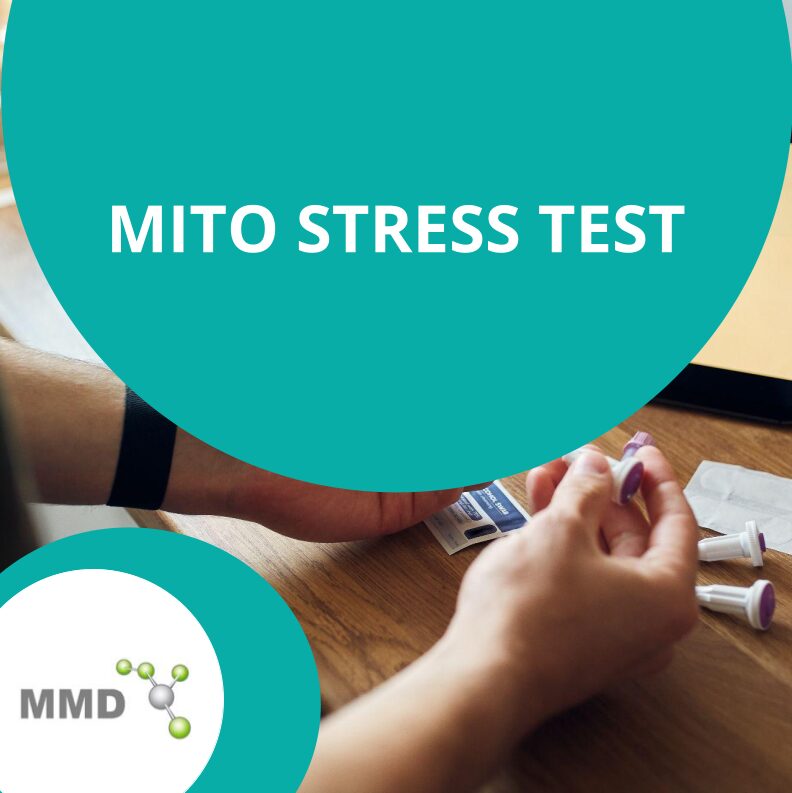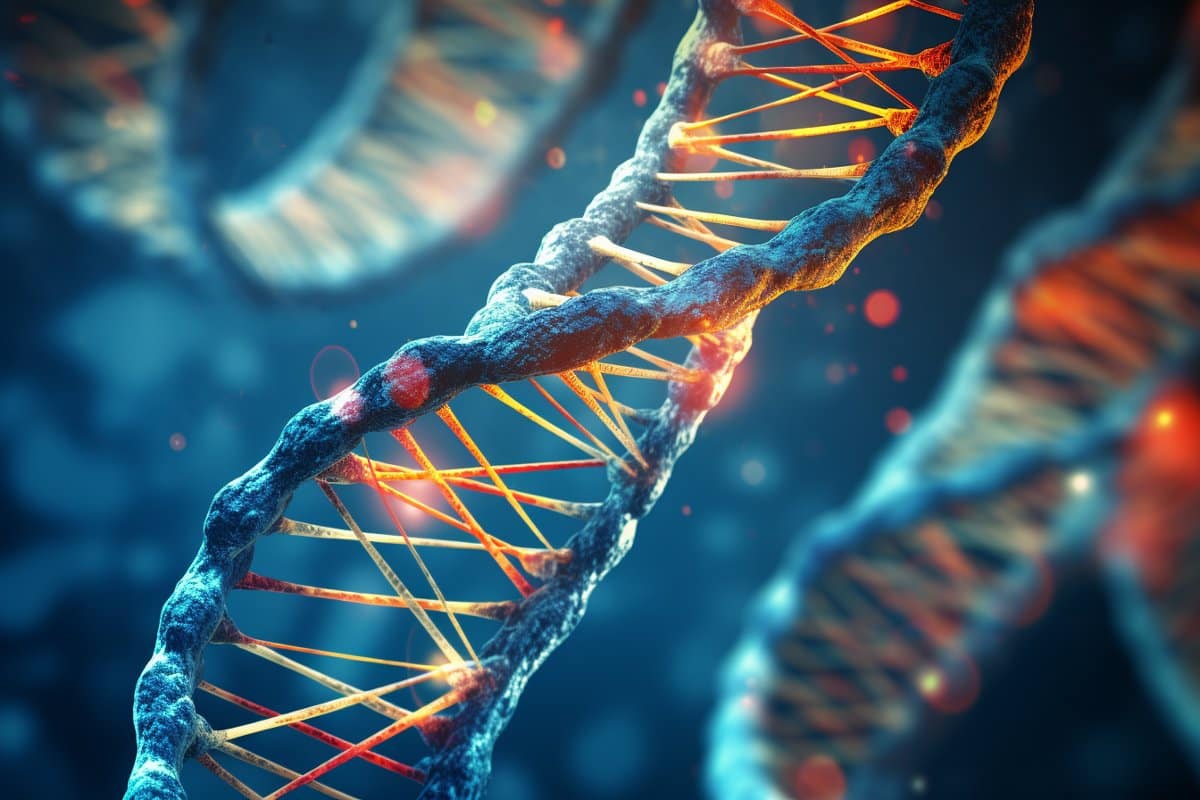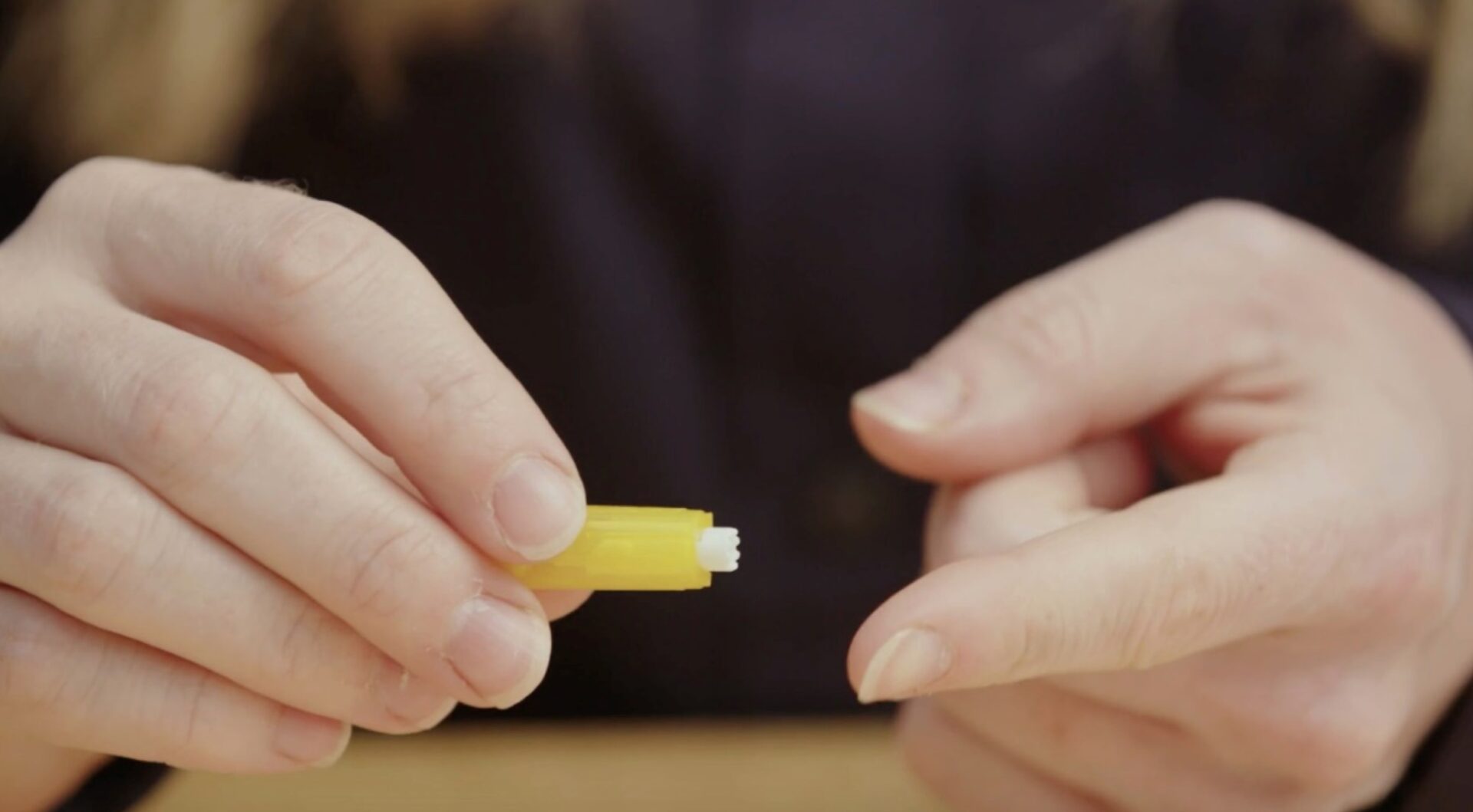Description
Why your mitochondria matters
- How healthy and fit we are depends largely on the condition of our mitochondria.
- These tiny cell components responsible for ~90% of our energy production
- Decline in mitochondrial performance is the cause of many health disorders.
What is oxidative damage?
- Mitochondria are exposed to huge oxidative stress because they use oxygen to make energy.
- They have their own DNA (mtDNA), which is much more susceptible to damage than nuclear DNA due to its proximity to the source of harmful free radicals, it’s less effective repair systems, and the lack of physical protection.
- The damage can also affect the parts inside the mitochondria which produces most of our energy currency (ATP) and even compromise the mitochondrial membrane.
- Healthy mitochondria should have sufficient antioxidants to neutralise these radicals
What does the MITO STRESS TEST measure?
This test measures whether any sections of mtDNA have been damaged and how many. Sections of missing DNA is called a deletion, and a well-researched marker for oxidative stress is the 4977 deletion. This test uses the number of copies of this 4977 deletion to assess how extensive the oxidative stress is. The damage is reversible – once impaired mitochondria have been removed, new healthy mitochondria can replace them
- With a simple finger prick, this test helps determine the most appropriate therapeutic interventions.
- For example, in sports, overtraining can damage mitochondria. The test can guide how to adjust training intensity to remove damaged mitochondria and create healthy ones
- There are many reasons for oxidative stress, but if it has begun to effect mitochondrial DNA, it can be a serious condition that needs to be addressed before further progression.
Further Testing and Monitoring
- It is advisable to repeat the test after some time to monitor the results.
- If this test shows oxidative damage, you might also want to test your Nrf-2 levels, which indicate your body’s ability to produce antioxidant enzymes. Another test for PGC1-alpha can show your ability to generate new mitochondria. You can ask AONM for more details on these tests.





